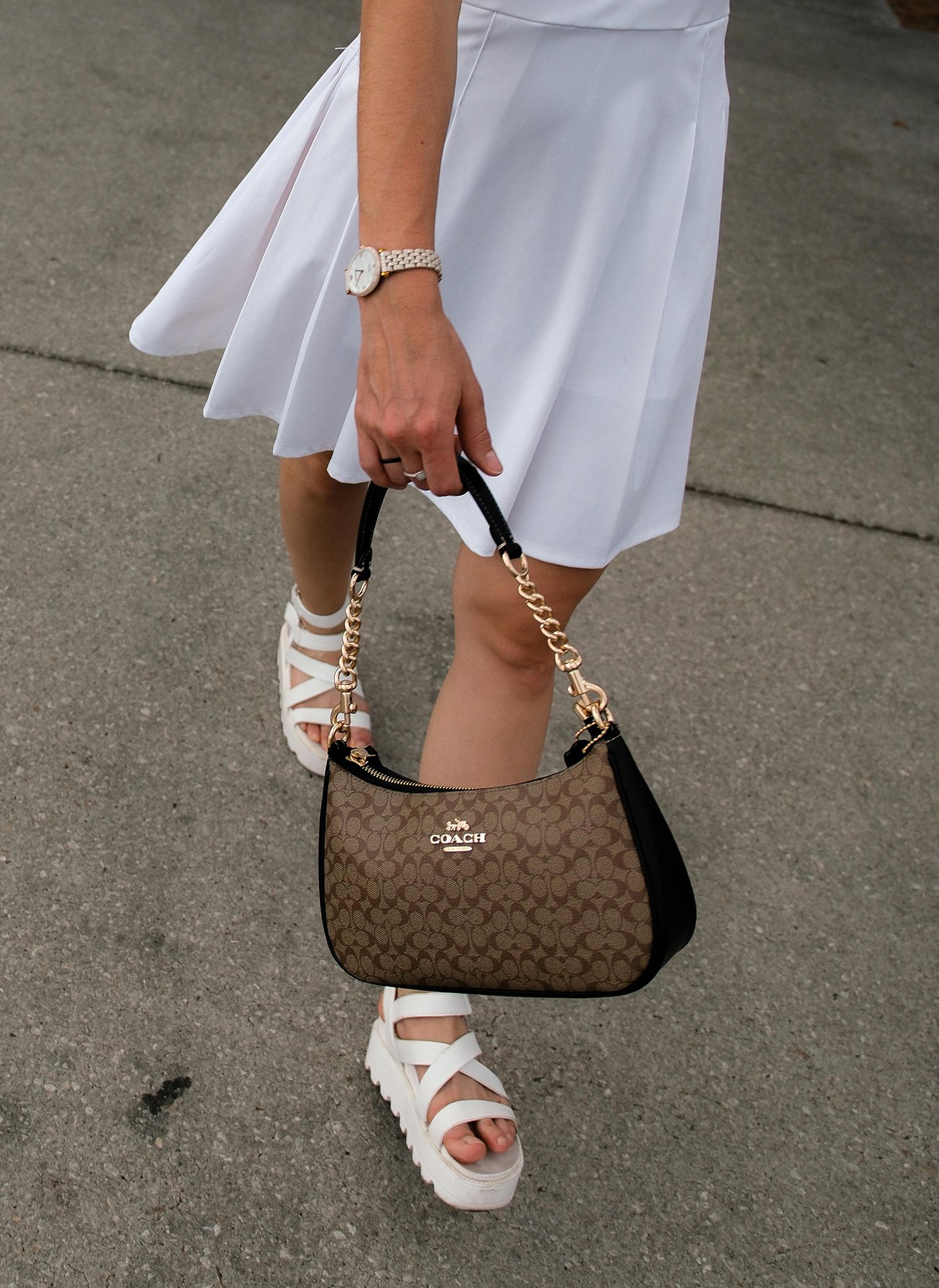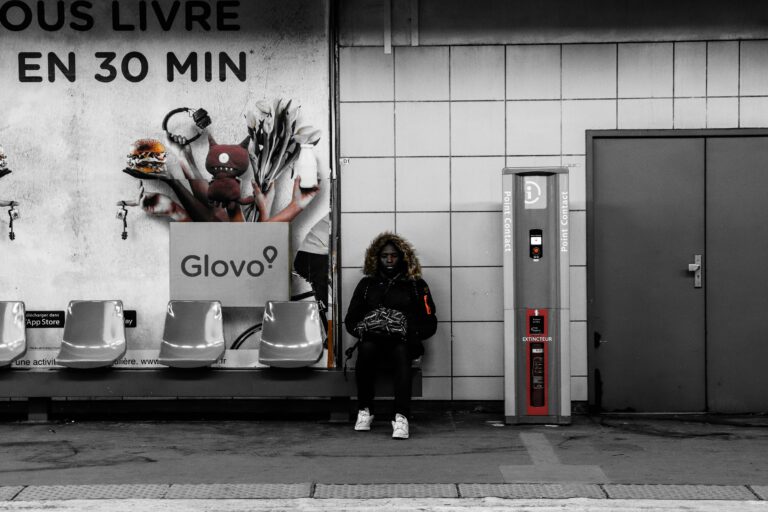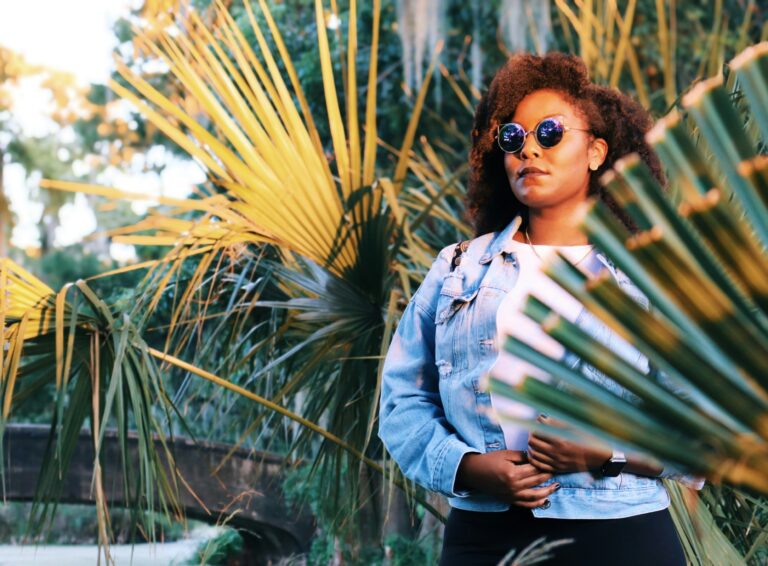Explore the evolution of fashion trends from prehistoric clothing to modern fashion design. Discover how cultures, innovations, and designers shaped what we wear through the ages.
Evolution of Fashion Trends: From Prehistory Clothes to Modern Fashion Design History

Fashion has always reflected the human journey—our culture, survival instincts, innovation, and expression. The evolution of fashion trends didn’t begin on runways or in designer studios, but deep in the caves of prehistoric times. Understanding how we went from prehistoric clothing to high fashion tells us not just about style, but about human progress, climate, culture, and creativity.
This blog dives deep into:
- What were prehistoric outfits and why they mattered
- How prehistory clothes evolved for function, symbolism, and status
- Key milestones in the evolution of fashion trends
- A brief overview of fashion design history from ancient to contemporary eras
Contents
- 1 What Were Prehistory Clothes?
- 2 Types of Prehistoric Outfits
- 3 Evolution of Fashion Trends Through History
- 4 Prehistoric Clothing’s Influence on Modern Fashion
- 5 Visual Timeline: From Prehistoric Outfits to Present Day Trends
- 6 Why Learn About Prehistory Clothes and Fashion Evolution?
- 7 Conclusion: Fashion’s Ancient Threads
What Were Prehistory Clothes?
Defining Prehistoric Clothing
Prehistoric clothing refers to garments worn before written history began—before records, fashion magazines, or even the wheel.
Prehistory clothes were driven by necessity. People needed protection from harsh climates and rough terrain. These garments were made from:
- Animal hides and furs
- Plant fibers
- Bones, shells, and stones for accessories
The Functional Roots
Clothing was first used to:
- Protect the body from cold, heat, and injury
- Aid in hunting or survival
- Provide camouflage
Over time, prehistoric clothing also developed symbolic and social meanings.
Types of Prehistoric Outfits
1. Upper Paleolithic Era (~40,000 to 10,000 BCE)
- Tools like bone needles suggest tailored clothing existed
- Fitted hides, laced tunics, and fur-lined boots
- Examples: The Iceman (Ötzi) wore layered clothing made from leather and plant-based fibers
2. Neolithic Era (~10,000 to 3,000 BCE)
- Domestication of sheep led to early wool garments
- Weaving techniques emerged
- Decoration began to appear on garments (dye, embroidery)
3. Bronze Age and Iron Age
- Metal pins and brooches used to fasten clothes
- Social classes began to reflect in clothing materials and design
Gender and Tribal Influence
- Men typically wore loincloths or tunics
- Women used wrap-around garments or dresses
- Clothing also denoted tribal identity, status, and religious beliefs
Evolution of Fashion Trends Through History
The journey from prehistoric clothing to today’s high fashion is vast. Let’s highlight key transitions:
Ancient Civilizations (3000 BCE – 500 AD)
- Egypt: Linen wraps, pleated skirts, kohl-lined eyes
- Greece and Rome: Togas, tunics, sandals; emphasis on draping
Medieval Fashion (500 – 1400 AD)
- Heavy wool and layered garments
- Symbolic use of colors and fabrics to denote royalty or clergy
Renaissance and Baroque (1400 – 1700 AD)
- Corsets, doublets, puffed sleeves
- Introduction of luxury fabrics like silk, brocade
18th – 19th Century Fashion
- Industrial Revolution enabled mass production
- Victorian gowns, waistcoats, and the rise of tailoring
- Early fashion houses emerged (e.g., Charles Frederick Worth)
20th Century Fashion Design History
1900s–1920s
- The Edwardian era, flapper dresses, and art deco
1930s–1950s
- Hollywood glamour, Dior’s New Look, WWII utility wear
1960s–1980s
- Mod fashion, punk, disco, power suits
1990s–2000s
- Minimalism, grunge, fast fashion boom
Prehistoric Clothing’s Influence on Modern Fashion
While we’ve advanced far beyond animal hides, prehistoric design principles still inspire today’s designers:
- Natural materials: Sustainability is making leather, hemp, and wool stylish again
- Layering and wrapping: From streetwear to haute couture
- Cultural symbolism: Tribal prints and primitive patterns are often reinterpreted
Visual Timeline: From Prehistoric Outfits to Present Day Trends
| Era | Key Clothing Features | Materials Used |
| Prehistoric | Tunics, furs, wraps, utility belts | Animal hides, bones, plant fibers |
| Ancient | Draped togas, sandals, sashes | Linen, wool, leather |
| Medieval | Robes, surcoats, chainmail, headgear | Wool, silk, velvet |
| Renaissance | Gowns, ruffs, doublets, embroidery | Silk, brocade, lace |
| Industrial Era | Tailored suits, corsets, hats | Cotton, machine-spun fabrics |
| 20th Century | Mini skirts, jeans, suits, designer wear | Denim, polyester, silk |
| 21st Century | Streetwear, techwear, avant-garde | Recycled, synthetic, and luxe |
Why Learn About Prehistory Clothes and Fashion Evolution?
For Designers:
- Understand the roots of garment construction
- Reimagine old techniques in new ways
For Historians:
- Clothes reflect socioeconomic, gender, and cultural dynamics
For Fashion Enthusiasts:
- Connect with timeless aesthetics
- Appreciate how far fashion has come and where it’s going
FAQs (Frequently Asked Questions):
1. What were clothes like in prehistoric times?
Prehistoric clothing was made from animal hides, fur, grasses, and natural fibers. Early humans used these materials for protection, warmth, and symbolic purposes.
2. How did ancient civilizations influence fashion trends?
Ancient Egyptians used linen and elaborate jewelry, Greeks favored draped togas and tunics, and Romans popularized structured garments and sandals—laying foundations for Western dress codes.
3. When did fashion start evolving into an art form?
During the Renaissance period, fashion began to reflect social class and artistic expression. Tailoring, embellishment, and regional styles flourished across Europe.
4. What role did the Industrial Revolution play in fashion history?
It revolutionized clothing production by introducing textile machinery, ready-to-wear garments, and mass production—making fashion more accessible to the general public.
5. Who are some key figures in modern fashion design history?
Iconic designers like Coco Chanel, Christian Dior, Yves Saint Laurent, and Alexander McQueen shaped 20th and 21st-century fashion through innovation and signature styles.
6. How did World War eras affect fashion?
World Wars brought fabric rationing and utilitarian styles. Post-war eras, especially the 1950s, saw a return to femininity and luxury in fashion design.
7. What was the impact of the 1960s and 70s on fashion trends?
These decades introduced bold colors, mini skirts, hippie influences, and unisex styles, marking a shift toward individualism and cultural expression.
8. How did technology influence modern fashion design?
Technology introduced synthetic fabrics, digital printing, 3D design software, and online retail—reshaping design, manufacturing, and fashion consumption.
9. What is the role of sustainability in today’s fashion evolution?
Sustainability is now central to modern fashion, with a growing focus on eco-friendly fabrics, ethical production, slow fashion, and circular design principles.
10. How do fashion trends continue to evolve in the 21st century?
Trends are driven by social media, influencer culture, inclusivity, gender-fluid fashion, and fast-paced global inspiration—blending tradition with innovation.
Conclusion: Fashion’s Ancient Threads
Fashion isn’t just about trends—it’s about humanity’s evolution. From prehistoric clothing made of bone and hide to the digital fashion of today, clothing has always told a story.
Understanding the evolution of fashion trends—including the role of prehistoric outfits—helps us appreciate the artistry and anthropology behind what we wear. As we look ahead to the future of fashion, these early beginnings remain a source of inspiration.
✅ Stay Tuned
Subscribe for more in-depth stories on fashion design history, primitive clothing influences, sustainable fashion, and how ancient styles inspire the runway today.

Shikha Singh
Keep in touch with our news & offers
Subscribe to Our Newsletter
Thank you for subscribing to the newsletter.
Oops. Something went wrong. Please try again later.






